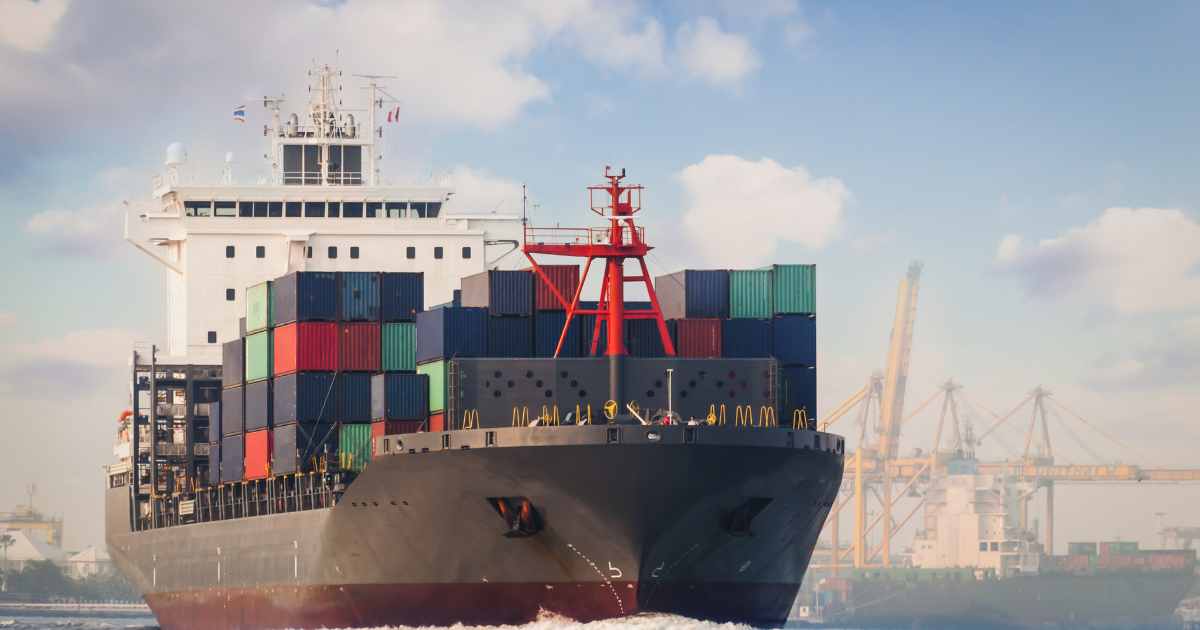Navigating Procurement Disruptions: A Candid Discussion with Dr. Rutkoski
It’s no secret that we’re in the midst of a supply chain crisis. The Baltimore bridge collapse, geopolitical instability, and even recent IT outages have impacted a whole range of industries, from airlines to banking to logistics.
For procurement teams, this adds even more complexity to already complex supply chains. The only thing for certain is that unless organizations adapt and become more resilient, the risks these disruptions pose will continue to grow.
To uncover how to navigate procurement disruptions, Arkestro Chief Strategy Officer Edmund Zagorin sat down in a LinkedIn Live conversation with Dr. Rachel Rutkoski, a Senior Technical Architect at Accenture whose research intersects with procurement and digital transformation.
Below, we’ve recapped a few highlights of their conversation, but make sure to check out the full recording here.

Arkestro: Before we get into it, let’s introduce Dr. Rachel Rutkoski. Dr. Rutkoski has had a storied career. She’s been at Accenture since 2003 and is the procurement and supply chain technical power lead within Accenture operations. She’s responsible for providing market knowledge and intelligence as well as developing SaaS-based recommendations for procurement and supply chain deals. Dr. Rutkoski is also responsible for operation strategic alliance partnerships with market-leading tech providers. Welcome to this LinkedIn live!
Rutkoski: Thanks, Edmund. This has been a topic I’ve researched for the last three years and dealt with throughout all my work, so I’m really excited to talk about this today.
Impact of Supply Chain Disruptions on Digital Transformation
Arkestro: Let’s dive right in. As we’ve seen from recent events, a whole range of industries experience disruption within the supply chain. How does that intersect with digital transformation? What’s the relationship between those two topics?
Rutkoski: It’s interesting because procurement organizations are faced with new challenges every day. One of the things that I really wanted to uncover is why are we changing technology strategies, or what’s the impetus for change.
When I started researching this topic and talking to different organizations, we heard a lot of stories during COVID, where organizations simply couldn’t get supplies or capacity from suppliers. During the Ukraine crisis, we talked to a lot of companies saying they needed to know who their suppliers were and who their parent companies were — they needed more information. Or they said, my organization is changing — we’re acquiring someone, we’re investing, we’re changing the way we’re working.
All of those things, directly or tangentially, had an impact on technology. That’s what was exciting, because it wasn’t just the typical procurement things anymore. It wasn’t, “Hey, my main supplier went bankrupt, and I need to find a new supplier,” which is what I think most people think about.

How Crises and Capacity Spur Digital Transformation
Arkestro: How do you see crises being used to clarify the mission of digital transformation projects?
Rutkoski: Building case studies for technology is difficult, right? Everyone has different objectives. Disruptions take the emotion out of business cases — it is evidence for change; you have to change. Repeatedly, across all of my interviews, organizations said they wished they would’ve done it before. It seemed as if most of the technology change was very reactive to the disruption versus forward thinking. No one predicted COVID, no one is predicting some of the geopolitical disruptions that we’re seeing today or the bridge collapse you talked about. But it can give you that baseline where you can react quickly.
I personally think the biggest disruption facing procurement right now is the capacity of people. For the longest time, procurement has said, “Give me a seat at the table. I want to be viewed as strategically as operations or finance or supply chain; I don’t want to be in a back office.” Now, all of a sudden, it feels like we have that seat at the table, and we’re balancing how you handle strategic initiatives with your day-to-day. How do we balance everything? I firmly believe the number one issue facing organizations is, what is the size of your team?
Arkestro: When you say that’s the number one disruption facing procurement, do you mean that procurement teams aren’t big enough, they’re too big, or that they’re not balanced directly to serve the strategic mission and have that seat at the table?
Rutkoski: They’re either not big enough, or they’re not balanced correctly, or even have the right skills. A lot of organizations talked about procurement as a stop along your career. It’s not that strategic career that you’re going to sit in for a significant amount of time. Many people talked about how they fell into procurement. During COVID, we saw a lot of people making decisions about work-life balance and the great resignation. Now, procurement teams are much smaller.
I had one interview, and this gentleman said this quote that stuck with me: “Prior to COVID, we had amazing people with average processes. Now, after COVID, it seems like we have to have amazing processes that the average person can follow.” That quote stuck with me because it talked about the shift in teams.
Subscribe to news from Arkestro.
No spam, just relevant procurement news and tips. You can unsubscribe at any time.
Why Procurement Is Becoming a Strategic Partner in Technology Adoption
Arkestro: One element of digital transformation that we haven’t spent a lot of time talking about is, whose job is it? We acknowledge that digital transformation still takes time. It used to be IT’s job, quite frankly. For a lot of procurement functions, they were not in the driver’s seat. I think that’s changed and that procurement’s more in charge. If you’re a CPO or a VP of procurement, or director, are you going to make that call, or are you going to bring your team in, the real stakeholders, and have their voice involved in some of those decisions?
Rutkoski: I think you’re right. When we looked at the platforms that companies chose to move to in response to the disruptions, they were for very specific reasons and niche technology. I do think the ownership of those technology decisions [that] resided with procurement will continue to reside with procurement. I do think it needs to reside with procurement because you’re addressing a business need. Does a technology organization or IT department understand the business needs? Can they articulate the business function? I don’t think they can. I think it has to have that balance of functional and technical aspects together. I think that will continue to show why procurement not just has a seat at the table today, but will continue to have a seat at the table long-term.
As Dr. Rutkoski explained, disruption isn’t going anywhere, and procurement teams are tasked with doing more with less, and trusting technology to make up the difference. Arkestro’s platform can help your procurement team continue to develop into a strategic partner to drive business growth, cost savings, and efficiency. Learn more about our platform here, and watch the full conversation here.

Dr. Rachel Rutkoski
Connect with Dr. Rutkoski on LinkedIn at https://www.linkedin.com/in/rachel-rutkoski/.
